By Chris Ryan, Nossa Familia Account Manager
Cold brewed coffee is, like, historical.

The recent explosion of cold bottled coffee available to us from many different companies might make you think this is an entirely new thing. But guess again - bottled or canned coffee has actually been with us for at least 150 years! This trend sorta had its genesis in Japan, then worked its way across the world. And then of course to Portland and Nossa Familia Coffee with our new bottle iced coffee. We’re bringing it full circle with a nod to the experts with our new Japanese-style iced coffee in bottles & kegs (more on that later!).
History of Cold Brewed Coffee
Now, there's some debate about this of course, but, preparing a concentrate of coffee for later drinking is first thought to have been pioneered by Dutch traders in the late 1500's or early 1600's while sailing the south seas, and then was quickly introduced to Japan by these same swarthy characters. During a sea voyage 500 years ago, hot water was a bit more difficult to prepare than cold water, and cold brewed coffee can keep (not oxidize and go rancid) much longer than hot brew. Maybe your ship had a nice goat aboard that gave milk (bonus!). The first cold brew latte? Perhaps....
Now, the Japanese feature prominently in this story from here on out. In the 1600's, they took the cold brew introduced by the Dutch sailors, and created an elegant tower that slowly drips cold water onto a bed of coffee grounds, eventually yielding a perfect cold brewed concentrate. This concentrate was sweet and chocolatey - and strong - and was then diluted with cold water. The Japanese were already brewing iced tea in this fashion, so making the leap to cold coffee brew towers must have been pretty quick and easy.
Ok, so the Japanese are brewing cold coffee for hundreds of years. But of course we can leave it to the Europeans to really commoditize cold coffee. In the 1800s, the French began to make a sugary coffee concentrate, more like a syrup, that could be canned. The English military does the same (they actually create a product in the mid 20th century called Camp Coffee), and the Union Army does the same during the Civil War. The French however went the extra step of using cold water to combine with the concentrate to make a cold brew. They did this first during their conquest of Algiers in the 1830's. These soldiers then went home, and introduced this style of coffee to cafes across France, and then the world. This style of canned concentrate coffee became quite popular in the early to mid 20th century.
But it wasn't yet ready to drink out of the can. For this, we need to swing back to Japan, 1960's. An entrepreneur named Ueshima Tadao had the brilliant idea of making a ready to drink product of cold brew coffee, milk and sugar. Finally! This took off, and eventually in the 70's, other companies began to follow suit. Also in the 1960's, Todd Simpson, while gathering plants in Guatemala, invents the Toddy cold brew system. The Toddy maker revolutionized cold brewing, making it even easier to produce sweet, mellow, chocolatey coffee in about 12-24 hours. The Toddy method combines cold water, time, and a filter to take out sediments and oils. This style of brewing is most often associated with bottled or canned cold brew.
But! Back to Japan, in the mid 90's, Peter Guiliano (a specialty coffee personage of the first order) is traveling in Japan and experiences yet another method for brewing cold coffee, one that preserves the kind of brew you get from hot water…enter what we now call Japanese-Style Iced Coffee.
A Little Science of Cold Coffee
Hot water (195-205F) is a great solvent when combined with ground coffee. It takes out all the wonderful soluble components we expect - and it’s faster and does a more complete job of removing the soluble components of coffee. Cold water is much slower (hence the 12-24 hour brew time of your standard cold brewed coffee) and does an incomplete job. Hot water produces aromatics that smell lovely when hot. Cold water does not produce aromatics at the same level. In Mr. Guiliano's words, "cold water brewing has a way of deadening flavor..."
Hot water also is volatile, which in coffee land means the coffee will lose those aromatic qualities very quickly, and it will also oxidize your brew rather quickly, which is why you most likely prefer fresh hot brewed coffee to hours-old hot brewed coffee!
A hot brewed coffee immediately chilled locks in the hot coffee flavors and aromatics, but allows the coffee to oxidize much more slowly and to keep volatility to a minimum. This is the essence of the Japanese Iced Brew Method.
Now, that’s not to say that I wouldn't love to try what the French were drinking in the 1850's, or what the Dutch were drinking as they plied their trade 500 years ago, or even what the Japanese were producing 50 years ago...but, I think I'll take a bottle of what we're brewing right now at Nossa Familia Coffee.
Interestingly enough, a gander into the chilled coffee section of the grocery store gives us a pretty good and growing selection of “cold brew coffee.” The most popular ones are indeed brewed cold - anywhere from 12-24 hours. We have yet to come across a true bottled “Japanese-style iced coffee” - that is, brewed hot and then flash-chilled to preserve the bright and fresh aromatics of the coffee, without the heaviness and syrupy qualities of cold brew. Enter Nossa Familia Coffee, and our attempt to offer a new tasty cold coffee option. We are now bottling and kegging our own Japanese-style iced coffee with our signature Full Cycle blend, brewed hot and then flash cooled. It’s bright, refreshing, easy on the tummy and offers all the amazing aromatics of hot coffee in a cool and different way.
From Augusto Carneiro, owner & founder of Nossa Familia: “We are so excited to launch our Japanese-style iced coffee, a method we've been perfecting for the past two years. After a lot of experimentation, I believe we've created an iced coffee that will please many palates. It has a good level of brightness, but maintains some of the nice chocolatey undertones that we love in the Brazilian coffee from my family's farm. It has a smooth finish, and is still great with milk for those customers who like to add to their iced coffee experience. To top it all off, our screw-top cap on the bottles makes it easy to save some for later. I can't wait for people to try it and love it as much as we do.”
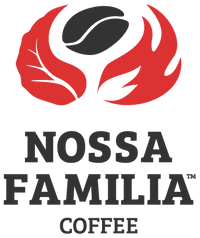


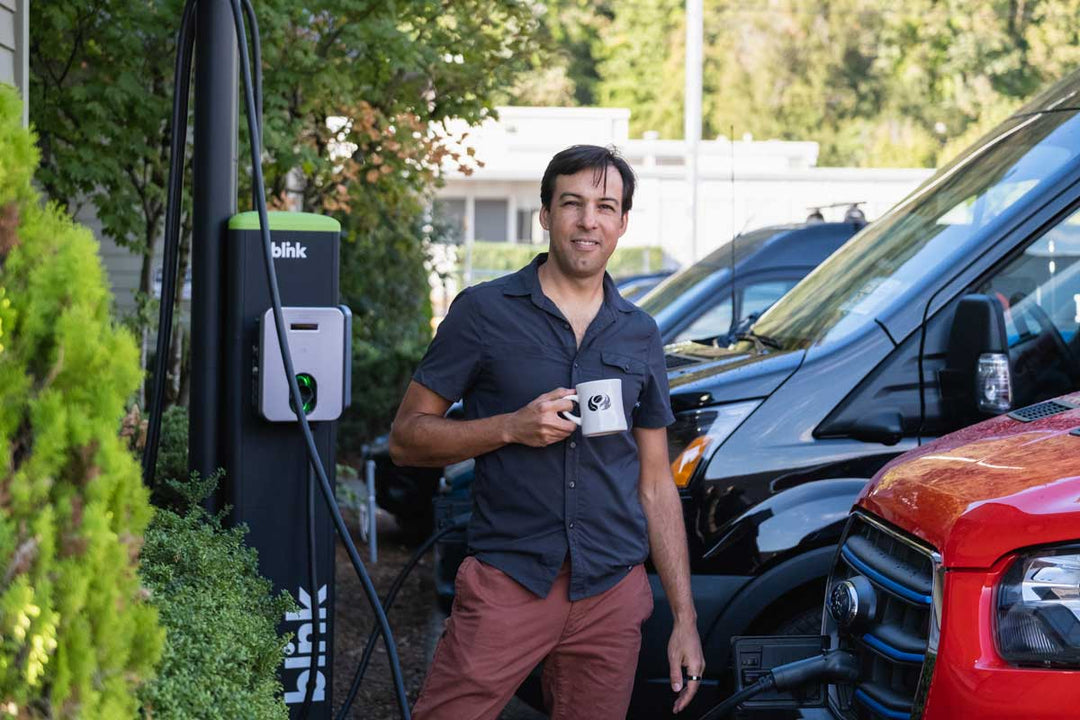
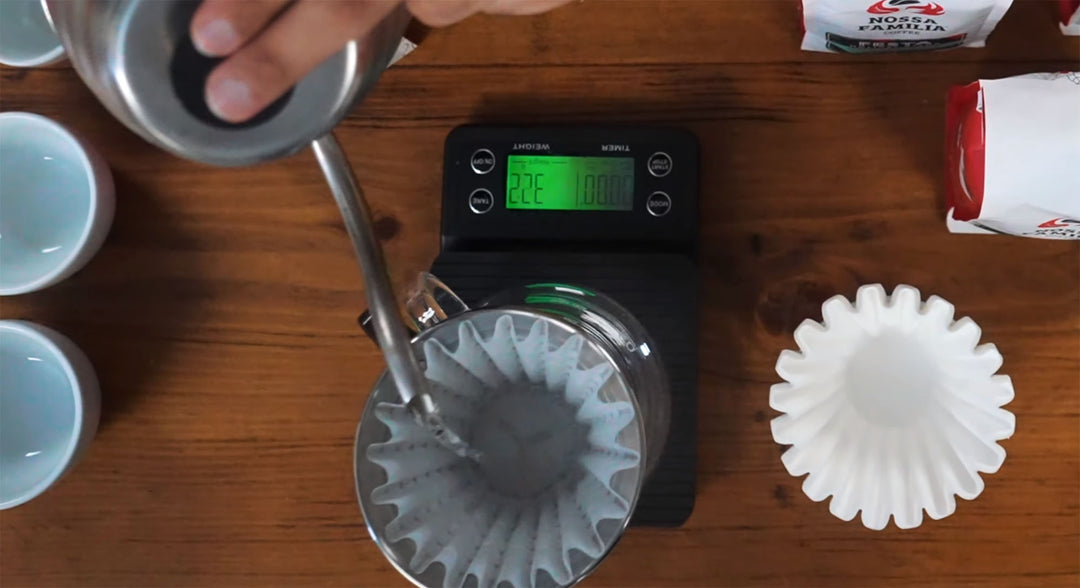
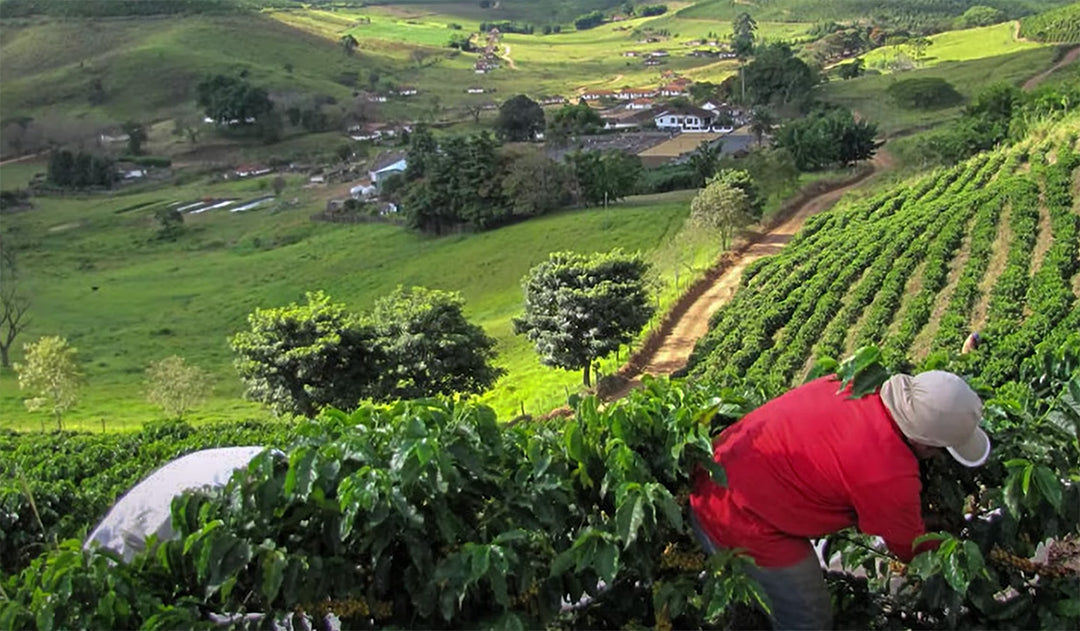
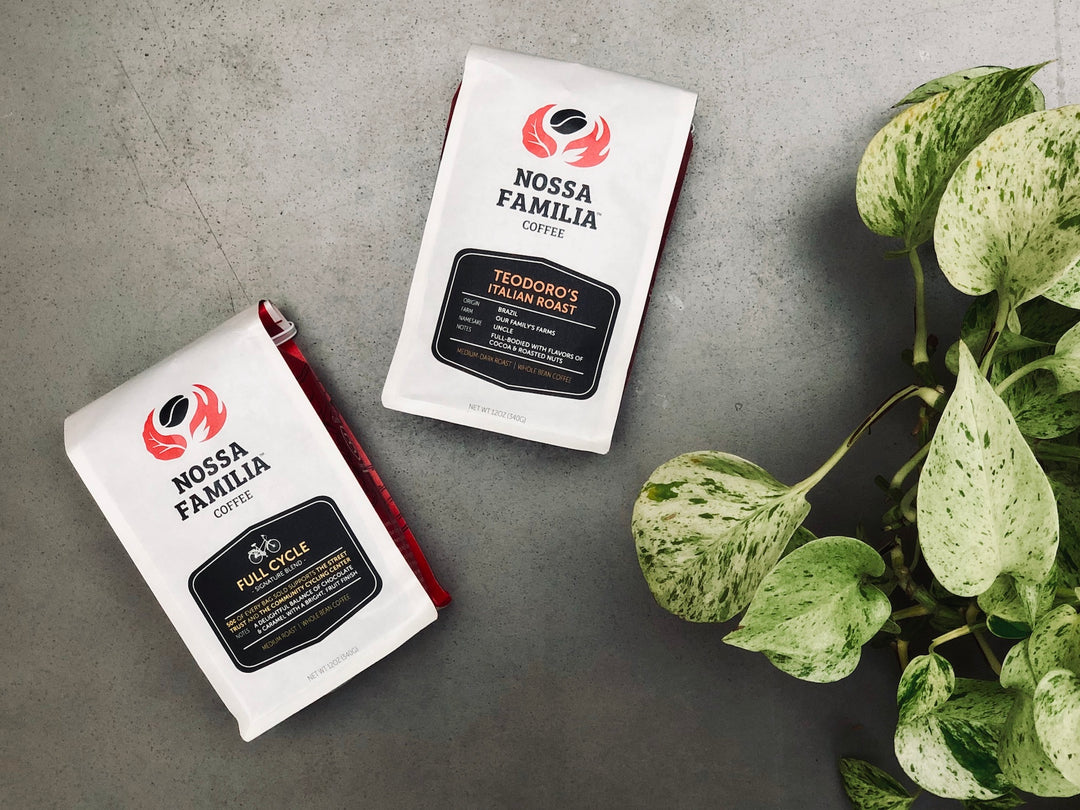
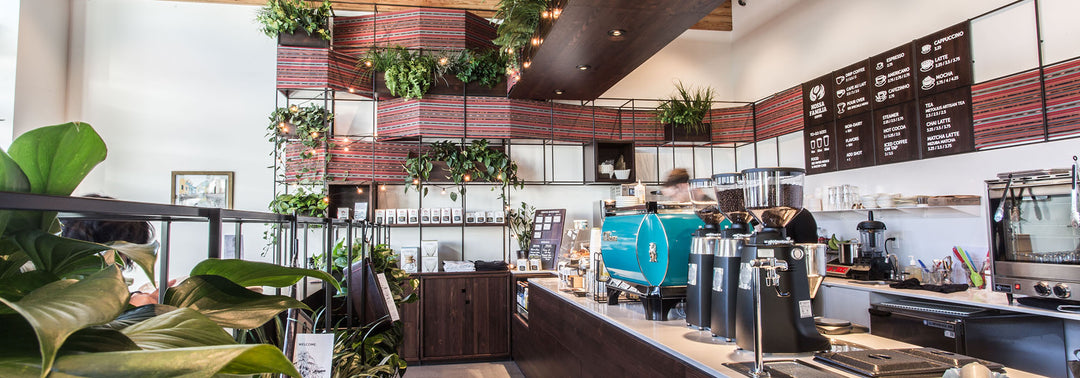
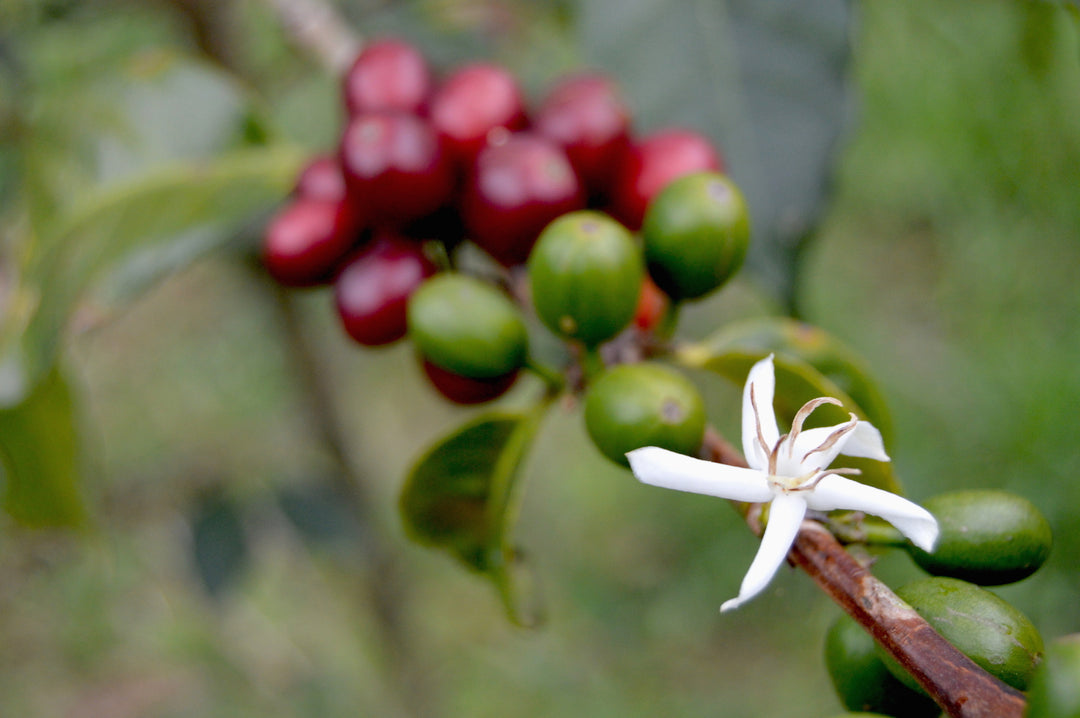

Leave a comment